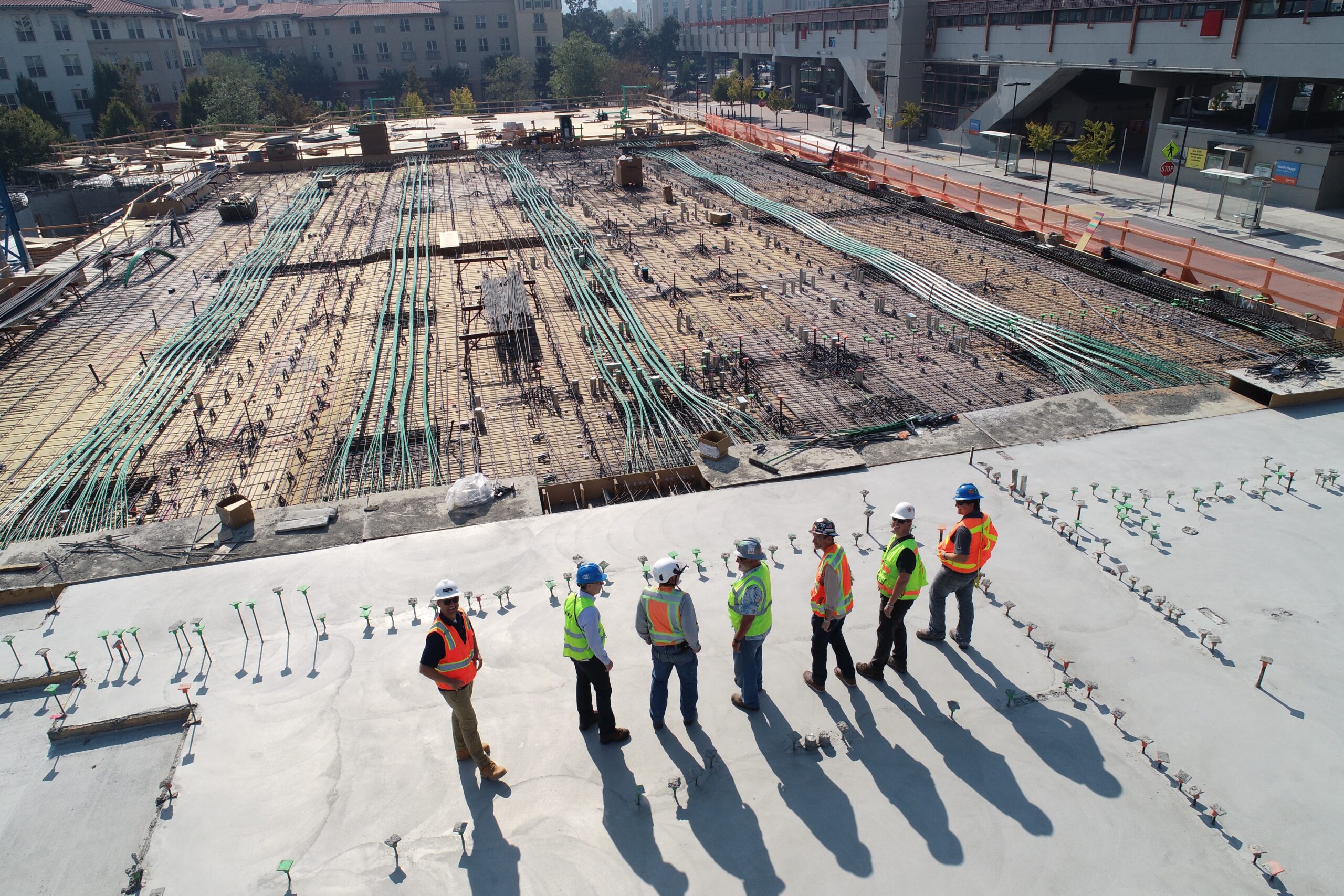It is often the case that contractors and clients do not have the time or competent understanding about their duties in complying under the Construction (Design and Management) Regulations 2015.
We want to help you understand. Understand who a CDM advisor is and what they do. In this post, we will explain why is needs to be done and where you can find someone to do this.
Different people on site need to complete different roles and responsibilities. This is to ensure the project adheres to the necessary health and safety requirements. Specifically under the Construction (Design and Management) Regulations 2015. On top of their other duties, these are not always completed to the best standards. By employing and seeking the advice of a CDM advisor, ensures every duty holder understands their individual duties. Meaning they can competently carry out these actions.
It is important to understand and break down the duties of each duty holder. Then, you can better understand the role of a CDM advisor, and why they are necessary.
Principal contractors
The principal contractor controls some of the tasks that have the biggest risks of injury. Thus, these responsibilities are essential to control and minimise potential risks.
They have to plan, monitor and coordinate health and safety in the construction phase of the project, making sure suitable site inductions are provided and to consult with workers to make sure they have every opportunity to stay safe.
Contractors (Sub-contractors)
A sub-contractor is in charge of a specific part of the construction work. So, under CDM regulations they are responsible for planning, managing and monitoring this area.
They are responsible for creating risk assessments and method statements, making sure legal obligations are fulfilled. Plus, ensuring they comply with any additional requirements set out by the principal contractor.
Principal designers
Their obligations lie within the pre-construction phase of a project. This includes identifying, eliminating and controlling potential risks of the project.
They need to provide information to the principal contractor to help them plan, manage, monitor and coordinate health and safety in the construction phase of the project. This is usually collated into a pre-construction information pack, as well as the design risk assessment, as this helps combine information from a number of sources, and effectively communicate this to the principal contractor and wider project team.
Designers
Designers also have a duty to comply with the CDM regulations. They must risk assess their design, apply the principles of prevention when designing, and communicate this to the principal designer.
Clients
Surprisingly or not, clients also have an important role throughout the entire project. They must make sure that all the relevant information is prepared and provided to the other duty holders. And, to ensure the principal designer and principal contractor carry out their duties correctly.
So as we have established and at the simplest definition, CDM Advisors provide advice and consultation to duty holders. But as the roles of these duty holders are all different, this opens up a wider opportunity and workforce for a CDM Advisor. Their role depends on who they are advising – which is why it can be such a complex job.
So, where can you find a competent, reliable CDM Advisor? At Saxon Safety of course!
We can help you with any of these five separate roles, or all of them together. We can help you carry out competency checks before choosing contractors and make sure you satisfy all your legal requirements.
If this sounds like something you need, make sure to contact us today to discuss how we can help or to find out more.
